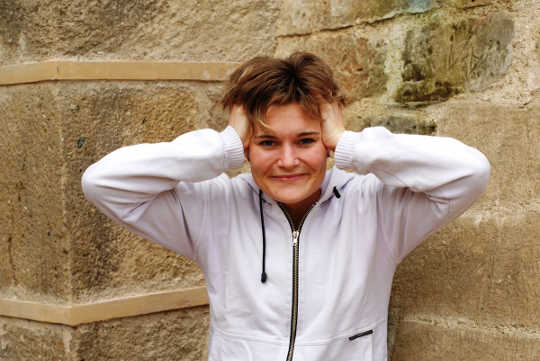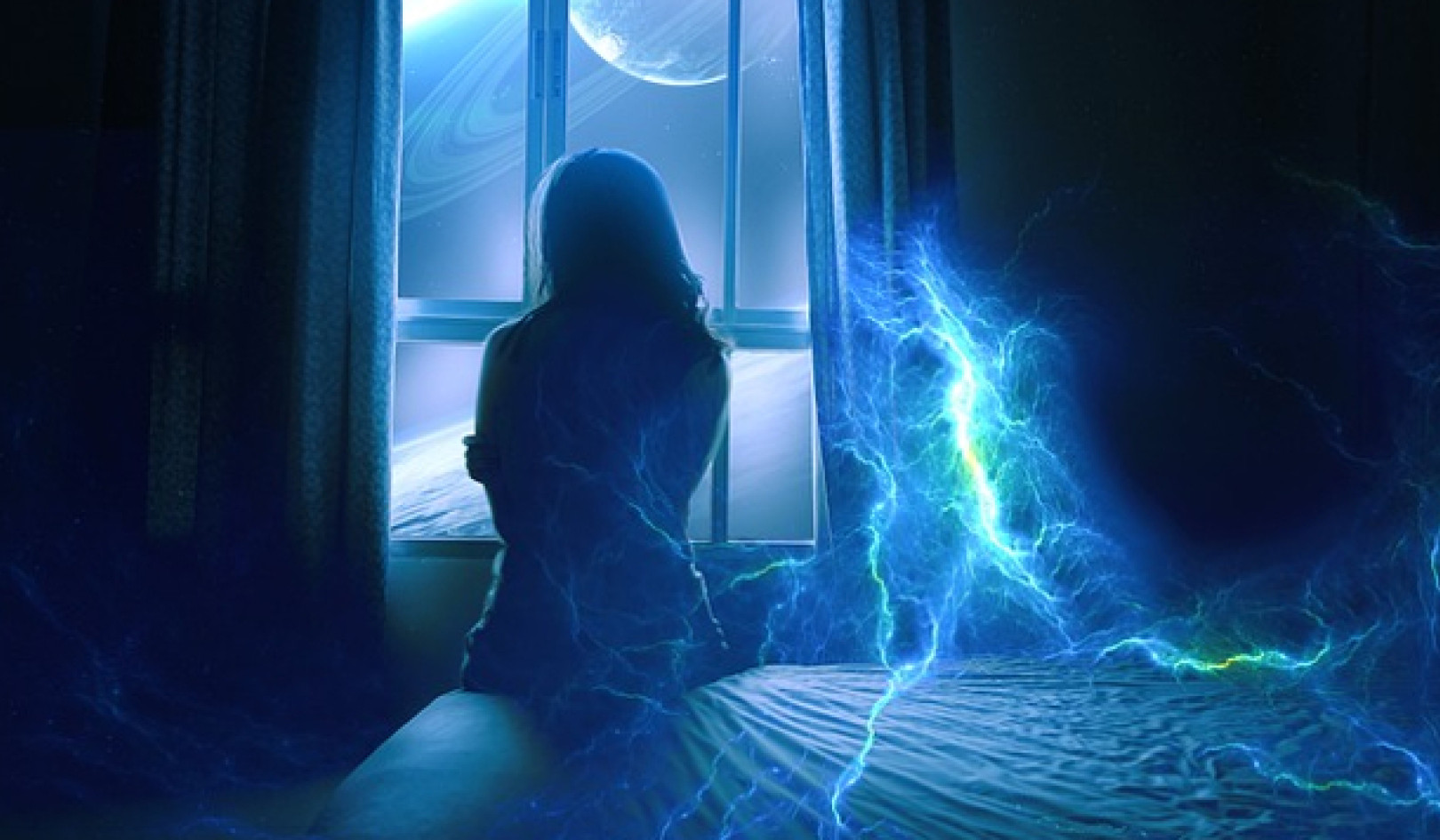
When school begins later, teens get more snooze time—and grades and attendance improve, a new study shows.
After public schools in Seattle reorganized school start times, teens got more sleep on school nights—a median increase of 34 minutes of sleep each night. This boosted the total amount of sleep on school nights from a median of six hours and 50 minutes, under the earlier start time, to seven hours and 24 minutes under the later start time, according to a new paper in Science Advances.
“This study shows a significant improvement in the sleep duration of students—all by delaying school start times so that they’re more in line with the natural wake-up times of adolescents,” says senior and corresponding author Horacio de la Iglesia, a professor of biology at the University of Washington.
The study collected light and activity data from subjects using wrist activity monitors—rather than relying solely on self-reported sleep patterns from subjects, as is often done in sleep studies—to show that a later school start time benefits adolescents by letting them sleep longer each night.
Further, after the change in school start time, students did not stay up significantly later: They simply slept in longer, a behavior that scientists say is consistent with the natural biological rhythms of adolescents.
Teens are different
“Research to date has shown that the circadian rhythms of adolescents are simply fundamentally different from those of adults and children,” says lead author Gideon Dunster, a biology doctoral student.
“To ask a teen to be up and alert at 7:30 am is like asking an adult to be active and alert at 5:30 am.”
In humans, the churnings of our circadian rhythms help our minds and bodies maintain an internal “clock” that tells us when it is time to eat, sleep, rest, and work on a world that spins once on its axis approximately every 24 hours.
Our genes and external cues from the environment, such as sunlight, combine to create and maintain this steady hum of activity. But the onset of puberty lengthens the circadian cycle in adolescents and also decreases the rhythm’s sensitivity to light in the morning. These changes cause teens to fall asleep later each night and wake up later each morning relative to most children and adults.
“To ask a teen to be up and alert at 7:30 am is like asking an adult to be active and alert at 5:30 am,” de la Iglesia says.
Disrupted rhythms
Scientists generally recommend that teenagers get eight to 10 hours of sleep each night. But early-morning social obligations—such as school start times—force adolescents to either shift their entire sleep schedule earlier on school nights or truncate it.
Certain light-emitting devices—such as smartphones, computers, and even lamps with blue-light LED bulbs—can interfere with circadian rhythms in teens and adults alike, delaying the onset of sleep, de la Iglesia says.
According to a US Centers for Disease Control and Prevention survey of youth released in 2017, only one-quarter of high school age adolescents reported sleeping the minimum recommended eight hours each night.
“All of the studies of adolescent sleep patterns in the United States are showing that the time at which teens generally fall asleep is biologically determined—but the time at which they wake up is socially determined,” Dunster says.
“This has severe consequences for health and well-being, because disrupted circadian rhythms can adversely affect digestion, heart rate, body temperature, immune system function, attention span, and mental health.”
Additional researchers from the University of Washington and the Salk Institute for Biological Studies contributed to the study.
Source: University of Washington
Related Books
at InnerSelf Market and Amazon
























